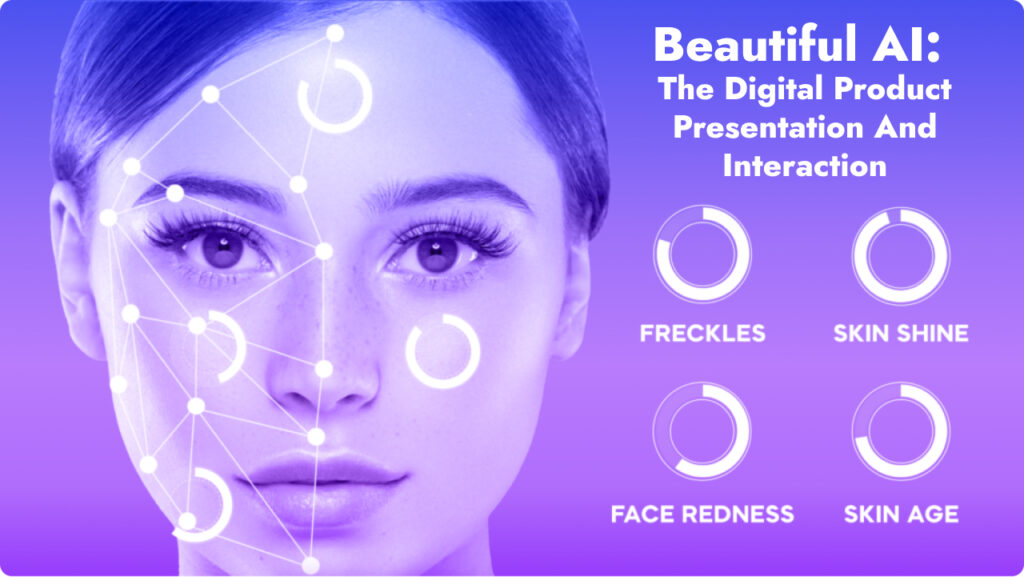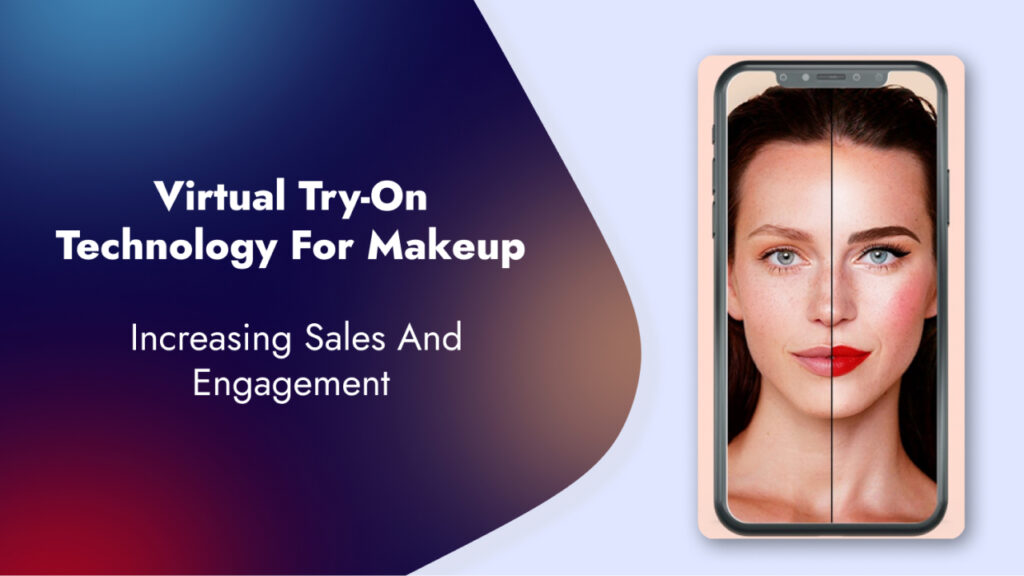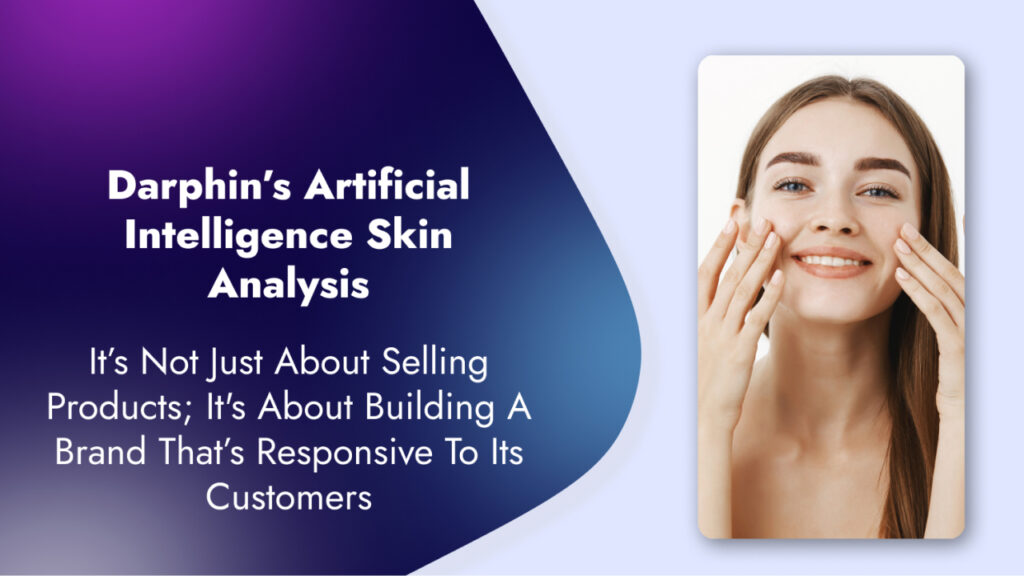In this blog post, we highlight the impact of AR E-commerce solutions on today’s digital world. Virtually trying a product before making a purchase decision has become more relevant than ever before. Shopping was already moving fastly to online but then in 2020 when Covid-19 hit all of a sudden, it has accelerated this behavior shift to online shopping by almost five years, according to IBM’s 2020 U.S. Retail Index Report.
When pandemic circumstances restricted in-store experiences, e-commerce appeared to be the ultimate problem-solver. However, brands are seeking a better customer experience to find alternative ways for customers to try a product, and Augmented Reality seems to be perfect the key.
AR is offering a new digital experience that transforming the customer experience into a visually interactive approach, allowing brands to connect with their consumers in an unlimited creative way. It all started with AR apps that allow users to try on beauty products in the past five years. Today, plenty of fashion, beauty, and even furniture brands are integrating virtual try-on technologies into their social media and e-commerce platforms. According to Statista, the AR technology market will keep growing, with projections for 2023 valuing it at over $18 billion U.S. dollars.
Rob Carrasco Co-owner at CyberAdept states that Augmented Reality tops the lists of technologies that make customers think a brand is innovative and customers want to see these technologies on their digital shopping journey. (E-commerce Trends 2020, Divante) Backing up with Statista research on AR which is showing 61% of online shoppers prefer to make purchases on sites that offer AR technology.
But how AR is affecting e-commerce dynamics? Here are 5 ways that AR is changing the customers’ e-commerce experience.
Try before you buy
With virtual try-on technology, customers can actually see and try lipstick, jewelry, or a shoe on themselves and reduce the uncertainty of deciding! For example, Nike’s try-on shoe app measures the shape, size, and volume of your feet and recommends you the best size for a sneaker, and saves you from making the wrong size chosen.
Try everywhere
While physical stores re-opening, hygiene and safety rules became the biggest priority for customers. Virtual try-on enables customers to try the product in a safe way without leaving the house. Sephora no longer allows customers to physically test the makeup products in the stores. Instead, customers are using their Virtual Artist AR tool and can swipe through over 3,000 lip and skin colors easily.

Save your time
Furniture retailer giant IKEA was aware that their customers were spending countless hours to decide whether furniture would fit or the color would match. So when the furniture giant used Apple’s AR Kit to build the IKEA Place app in 2017, it’s set to be a game-changer! Customers simply scan the place at their home with the app and check the item as if it is there.
Customized journey
Augmented Reality tools especially AR e-commerce, are personalizing the shopping experience for the customers in the best way. Shoppers see what outfits look like on them, with their own clothes see if they suit well together. They can also see if hair color is matching with their specific skin tone.
Fun with friends
From the users’ angle, using Augmented Reality is just fun and entertaining! Filters on social media that allow you to try a new hair color, a new watch, or jeans. And then take pictures and share them with friends to get their ideas.
You might be interested in these further readings:





